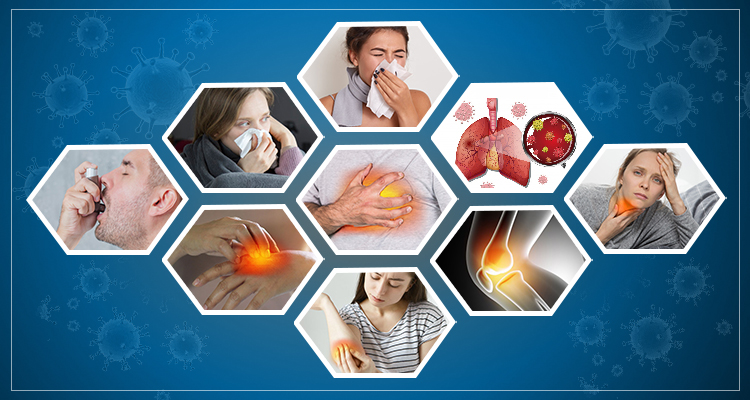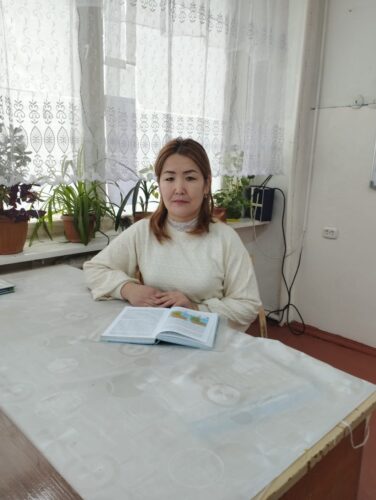HEALTH PROBLEMS
- 10.04.2023
- 0

Нурзат Кенешова,
школа №17 имени Ю.А.Гагарина, города Ош,
учитель английского языка
Theme: Health problems
Methods of the lesson: Interactive
Materials: Computer, projector, pictures, colored pencils, posters with
pictures.
Objectives:
- Educational: to improve students lexical and grammatical skills,
the skills of reading, speaking , listening and writing
- Development: to develop students memory by doing activities,
to teach students the culture of communicational.
Stages of the lesson:
- Pre-activity
- Orgmoment
Teacher: Good morning everybody?
-How are you?
- How is your mood?
- Who is on duty today?
- Who is absent today?
- What is the date today?
- What day is it today?
- Are you ready for the lesson?
Warming up: song “Hello” (physical exercise)
- Checking up home work
Let’s check your home work
Ex 4 p. 254 Complete the sentences with an adjective from the box.
- Activity
Today theme is “Health problems”
So, you’ll learn health words and practice them in exercises,
You’ll work in groups and at the end of the lesson you’ll have the text about health.
- Presentation of the new words
Teacher presents the new words with the help of the projector. There students can learn the new lexics in context.
Teacher: Students will repeat after the teacher individually and in choras.
A stomach ache A toothache
A fever A cough
A bruise A sore throat
A headache A runny nose
Teacher: Write down these lexics in your copybook
Post activity
Practicing the new words in exercises
Students are divided into 3 groups
(there are pictures students in groups match the word with the pictures)
Group 1 Group2
What’s number 1? What’s number 3?
She’s got headache He’s got a stomach ache
What’s number 2? What’s number 4?
He’s got a cough She’got a toothache
Group 3
What’s number 5?
She’s got a runny nose
What’s number 6?
He’s got a bruise
What’s number 7?
She’s got a fever
- Students make up sentences according to the pictures
- Students match the collocations.
- Serious sport
- Avoid nose
- Do the tissue away
- Wash symptoms
- Stuffy your hands
- throw the flu
- Now you’ll have the text ex 5 on p 257
Listen to the text attentively because you have to answer the questions
(Compare the ideas)
Influenza
Influenza has got a nickname. Most people call it “the flu”. People get the flu in winter months. Some of them have got serious symptoms, so they have to go to the hospital. If you don’t want to be ill, you need to keep your body healthy, to sleep well, to drink water, to eat fruits and vegetables and to do sport. Another way to avoid the flu is to wash your hands very often.
People who have the flu have a fever, a cough, a sore throat, a runny and stuffy nose and a headache. The flu spreads from the person to person through the coughs and sneezes of people who are ill with the flu. Cover your mouth and nose when you sneeze or cough with a tissue. Then throw the tissue away.
Group1: When are people usually ill with the flu?
Group 2: What are the symptoms of the flu?
Group3: What do you need to do not to cath the flu?
- Home work
Ex: 5 p257 Retell the text
- Marking “5”, “4”, “3”
Teacher: Children what did we have today?
Student1: We had the health words.
Student 2: We worked in groups, did exercises.
Studen3: We had the text about health.
Student4: We compared ideas
Teacher: The lesson is over good bye
Комментарийлер